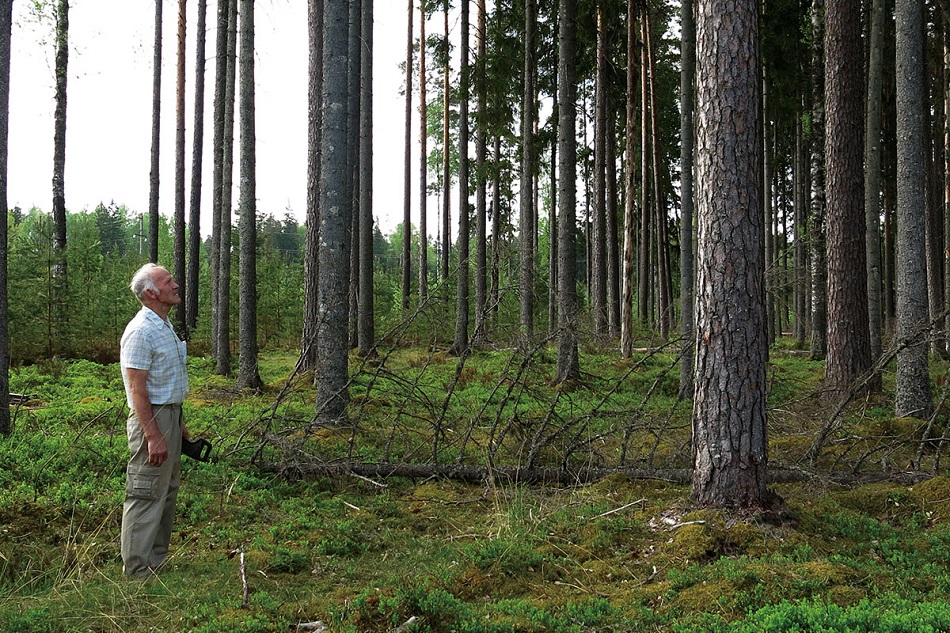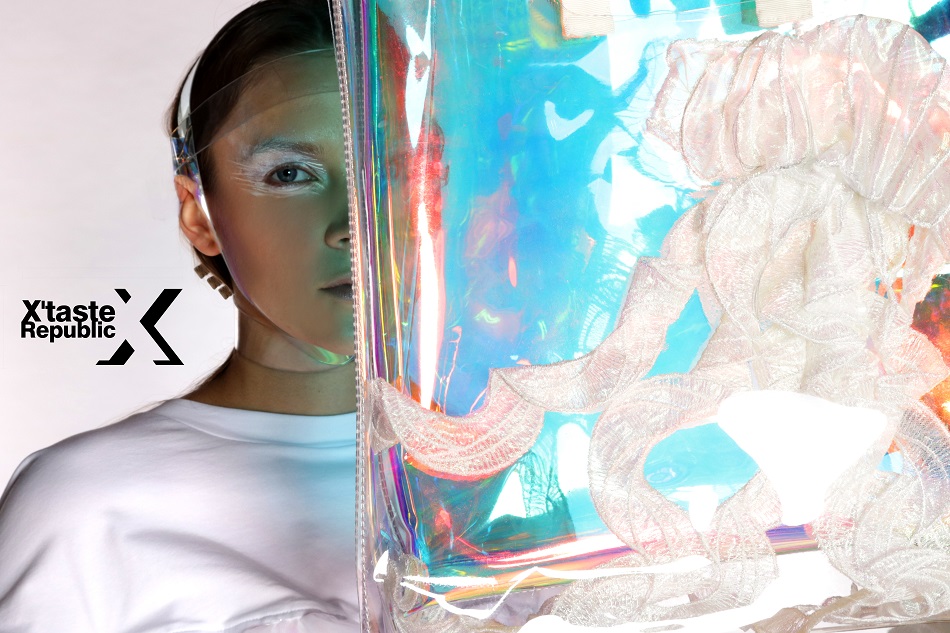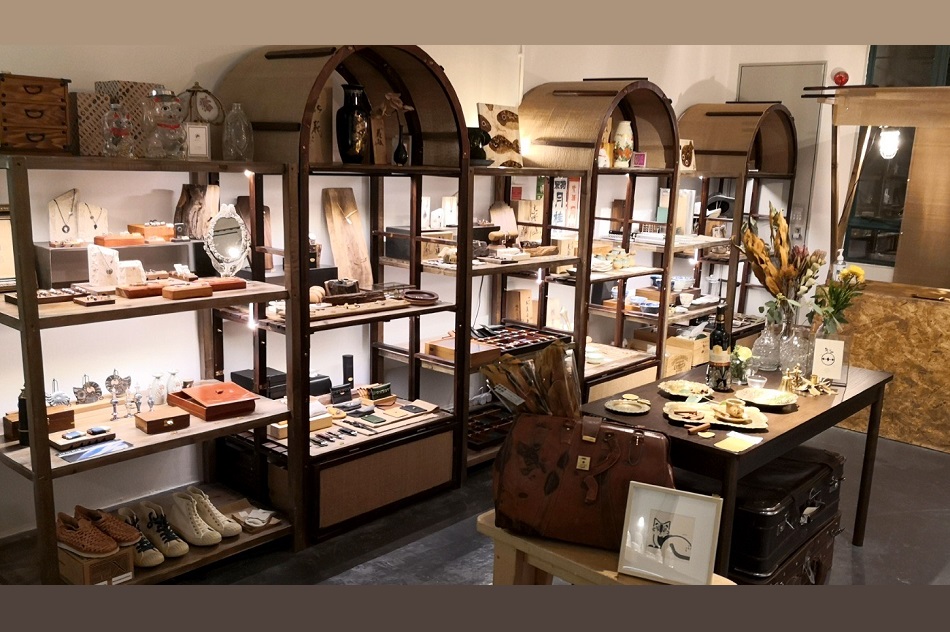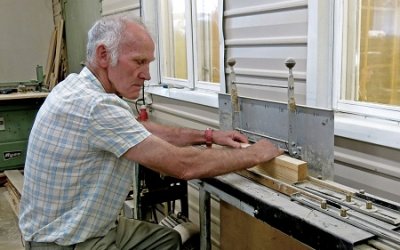Found MUJI World Baskets 2

26 July 2019 (Friday) onwards
12:00nn – 8:00pm (Sunday – Thursday)
12:00nn – 9:00pm (Friday, Saturday & Public holiday eve)
TIME: 12:00nn – 8:00pm (Sunday – Thursday) 12:00nn – 9:00pm (Friday, Saturday & Public holiday eve) S107, Staunton
S107, Staunton
Free
Before the emergence of resins and plastics, people used natural materials available around them to make the items necessary for everyday life. Materials are chosen and manipulated specifically for the finished piece to perform its task. Unlike massproduced items of today, ageing means beauty and character and is a reflection of fine craftsmanship.
Baskets have long been made from all kinds of materials in diverse shapes and sizes. Largely unaffected by technology, baskets have always been woven by hand from start to finish at the rhythm of a craftsperson. There used to be a time when excess was not an option; time, care and effort was always required to create something useful and durable.
Found MUJI World Baskets 2 explores baskets used in different parts of Europe, made of materials ranging from trees, shrubs to grasses. Pine from Estonia and willow from Lithuania are both materials commonly found in the cooler climates and esparto is a grass that grows abundantly in the hot dry areas of the south. These baskets are remnants of skills and traditions that have survived, and are still surviving in today’s world.
Know more about Found MUJI
Website: www.muji.com/hk-en / www.muji.com.hk/campaign/foundmuji_20140930/en/World-basket.html
Facebook: www.facebook.com/muji.hongkong
Instagram: @muji_hongkong



